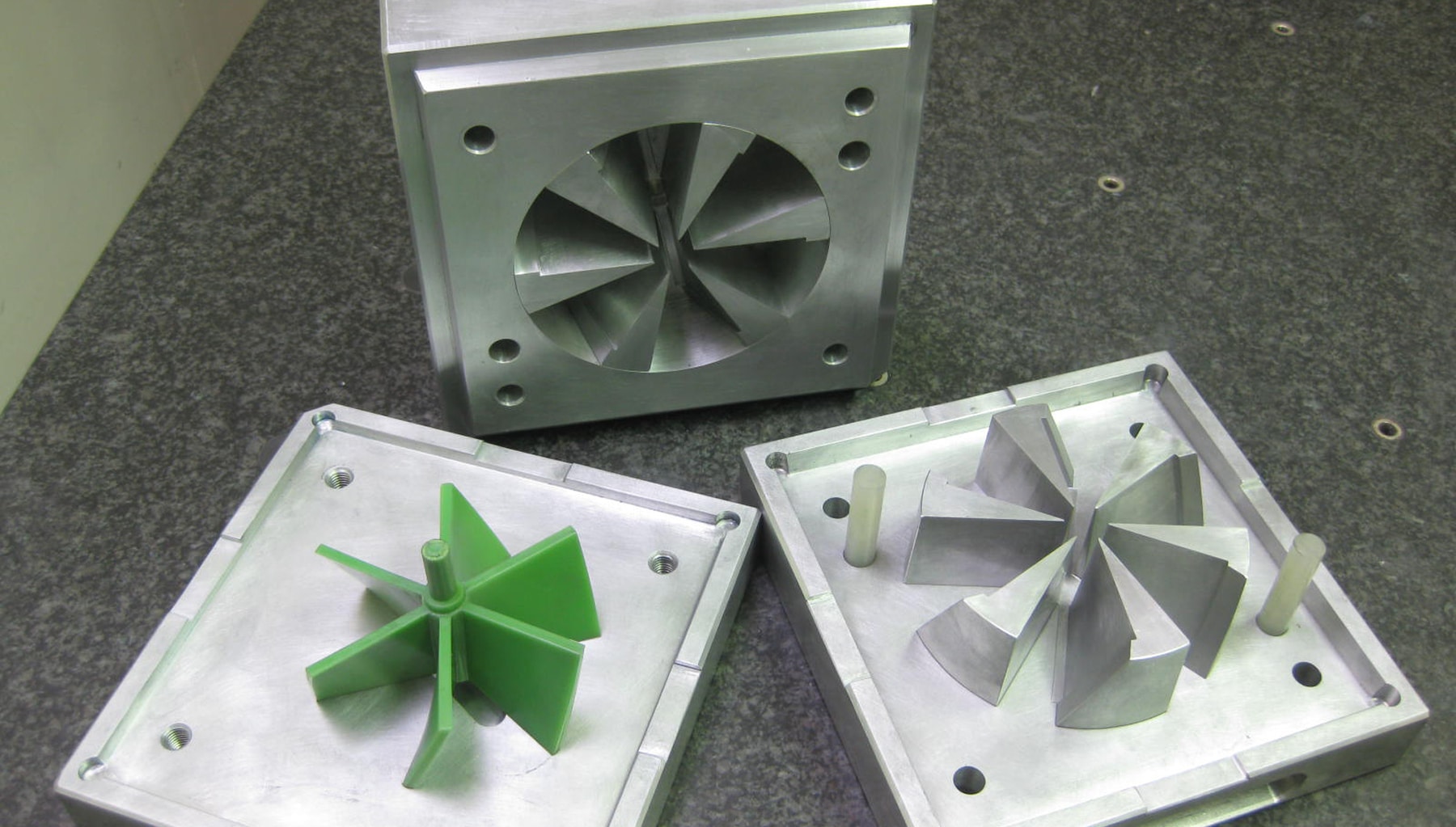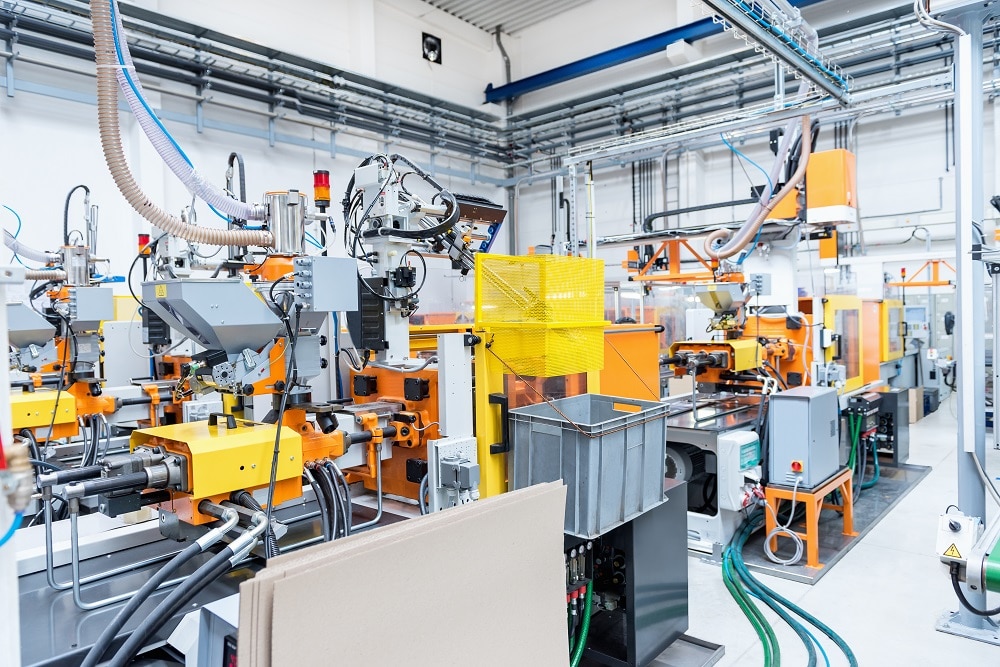Traditionally, there is a sharp distinction between product development and actual production. Development typically starts with an idea in someone’s head, moves to rough sketches which later become CAD models. This ultimately ends with prototypes. During these phases, input from team members, focus groups or market tests may see tweaking to perfect the product. This is where rapid injection molding comes in.
There’s also pressure to move quickly either because you want to catch up with the market leader or a competitor is on the verge of catching up with you. Ergo, once your design is deemed developed and marketable, it’s time to move it to production. Weeks later, your product is complete which kicks off a new rush to take it to market.
IMAGE: RP TECHNOLOGIES
Time is a crucial factor in business success. Many of the above transitions in development and production are unavoidable and can, therefore, be frustrating bottlenecks. Production molds are expensive and it would be imprudent to produce them before the design is tested and proven in development. A small error or change could render thousands of dollars’ worth of molds useless.
The need to follow the process and the pressure to get the product out there presents manufacturers with a dilemma. On the one hand, they could stick to the process and find ways of living with the delays. On the other hand, they could run the development and production process in parallel thus cutting time to market but increasing the likelihood of having to start all over. It’s a difficult choice since the market rewards quality, speed, and low cost.
Rapid injection molding services is a prototyping technique that can sharply reduce the costs and delays that come with product design especially where plastic parts are involved. Here’s how.
Prototyping The Process With Injection Molding
Whereas rapid injection molding isn’t identical to classic production tooling, there are enough similarities between the two in technology and process to allow for faster production through injection molding. For starters, rapid injection molding not only proves the design but also confirms that the part can, in fact, be molded.
Production tooling has certain capabilities that rapid injection molding lacks (such as sophisticated venting and internal cooling lines) but adapting parts for injection molding by maintaining draft or equalizing wall thickness can speed up and simplify mold manufacturing while cutting down the cost.
In other words, not only does rapid injection molding produce prototypes, it also prototypes the production process that will eventually produce the product parts. This allows the identification and elimination of production and design problems before final mold making begins.
Preliminary Production
The tools made for injection molding can be used to mold some or all parts required for the actual production. That means the manufacturer can produce thousands of parts quickly even as they wait for the ‘official’ production tools to be ready. You can, therefore, have parts in sufficient volumes to go the market as your ultra-high-volume mold is still being built.
Actually, this ability to take ‘prototype products’ to the market can provide a compelling reason to postpone the production of expensive steel tools. Manufacturers can reduce their upfront costs by ordering quantities that are in large enough volumes to test the market but small enough to change the design before committing to high volume molds.
This is ideal when a manufacturer is still uncertain about the demand for a new product. By gauging customer feedback, they can obtain useful tips on what design tweaks are necessary to make the final product a success.
Rapid Improvement
Since rapid injection molding can deliver prototypes fast and at a low cost, manufacturers can repeat the process multiple times even as the initial parts are already out there in the market.
Rapid injection molding allows the manufacturer to treat a physical product in the same way programmers treat their software with new versions entering production in fairly quick succession as new features are added and problematic attributes removed.
There’s no longer reason for there to be a gap of several months or years between the launch of the product’s first version and its improved successor.
Rapid injection molding may seem like a novel approach to manufacturers already accustomed to traditional methods of production but its benefits make trying it out worthwhile. It can save you the headache of sending thousands of dollars’ worth of molds and parts to the landfill.
If you are interested in even more technology-related articles and information from us here at Bit Rebels then we have a lot to choose from.


COMMENTS